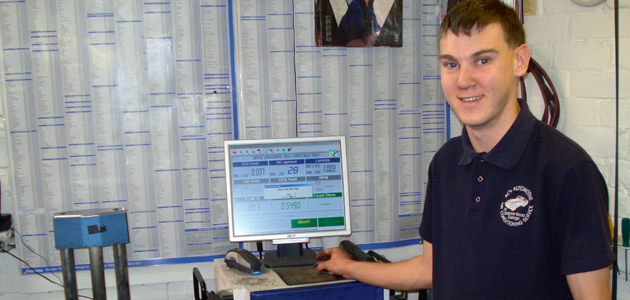

For the purposes of this article, I thought it would be appropriate to take you through the content of a recent email I received from a gentleman in Italy. Thankfully his English was good so I haven’t had to use a translator for this but the gist of the issue was that he was after some assistance with finding a replacement product for his car, so required some support from a specialist in catalytic converters.
Modifications made
The vehicle in question was an Opel Tigra 1.6 16V (1998 year, X16XE engine type) and the week prior to him contacting me he had made the following modifications to the car:
■ Sports exhaust manifolds in stainless steel
■ Central sports
■ Terminal sports
After this intervention the car ran excellently. He then purchased a Sports 200 cells metallic catalyst converter and installed this to replace the original – that’s where the problems started! The main issue was that the car was losing a lot of power at low RPM, however the store he bought the part from told him to not worry about it because after remapping the chip, the car would run much better.
He wasn’t happy with this explanation though because he had enough of an understanding of remapping to know that:
a) With a good starting base, followed by remapping the chip, you can get a lot more;
b) With a bad starting base, you usually get what you had originally.
After a consultation with the Opel company they told the owner that the X16XE engine is very sensitive to backpressure and a 200 cells metal catalyst converter can only make things worse. Many manufacturers argue that this isn’t the case, so he wanted to know my opinion on the subject as well as which product I would recommend he purchase (sport, original or a component with the exact characteristics of the original).
My response
After thanking the vehicle owner for getting in touch, I wanted to explain a few of the issues he had been experiencing and why. The overall performance (MPG, sound reduction, emissions) which is produced from a four stroke engine depends directly on the accuracy of the back pressure levels from which the exhaust system has been designed. A sports exhaust is fitted to a car to reduce the back pressure; this is needed to extract the extra exhaust gas pressure generated when improving the engine’s performance (extra BHP).
Fitting a sports exhaust system to a standard car will not improve its performance but it will change the correct back pressure which has been set for maximum performance and fuel consumption by the manufacturer (Opel). By replacing the standard silencer with a sports box the vehicle will use more fuel, make more noise and actually go slower.
The major problem with this particular case had arisen when the owner replaced the original catalytic converter with a sports cat, as this has had the greatest impact on reducing the back pressure. By keeping the OE cat on you have lessened the impact of the sports exhaust system. This left two options: increase the performance/BHP of the engine, or refit the correct cat and exhaust system.
To check the back pressure on a standard vehicle, (not sports/high performance) test the emissions using a four gas analyser. The emission values, if the engine is running correctly are:
CO < 0.2, CO2 13.5 >, HC <15 PPM, O2 <0.2
If there is a back pressure problem, positive (less noise blocked exhaust) or negative (more noise) the emissions values will likely be:
CO > 0.3, CO2 < 13.5, HC between 25PPM and 125PPM, O2 > 0.2
The emissions test should be undertaken with the engine running at 2,500 rpm, as this is when the back pressure has been set at neutral.









